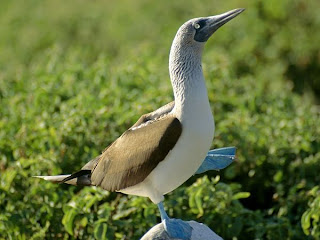The reason is conformity; people are influenced socially whether it’s conscious or not. Social norms are implicit, unspoken “rules” that a group follows in society. Those that fail or refuse to conform will be labeled an “outcast” and is independent and separate from society, i.e. a “loner”. There are two types of conformity: informational and normative. Informational social influence occurs when one wants to obtain accurate information, for example, if they are uncertain about what to do in a certain situation. Normative social influence occurs when someone wants to be accepted by a certain group of people.
It is human nature to be socially accepted and liked, like the saying “when in Rome, do as the Romans do”.
This need for
social acceptance has been found in non-human primates by researchers from the
University of St. Andrews. They related
the behavior of wild vervet monkeys
in South Africa to the human desire to seek ‘local knowledge’ and conform to
cultural norms when visiting a new place.
They observed migrating male vervet monkeys quickly and willingly
conforming to the local norms, which may seem strange, but the behaviors
adopted are usually optimal for survival in their environment. The experiment even showed a new generation
of infant monkeys conforming the same as the adult monkeys.
The study that led
to the discovery of social conformity in non-human primates was described as
“rare experimental proof of ‘cultural transmission’ in wild primates to
date.” The next step could be to
research which part of the brain
allows the capacity for this behavior.
Who knows what will be discovered next.
Posted by Jessica Westover (3)











